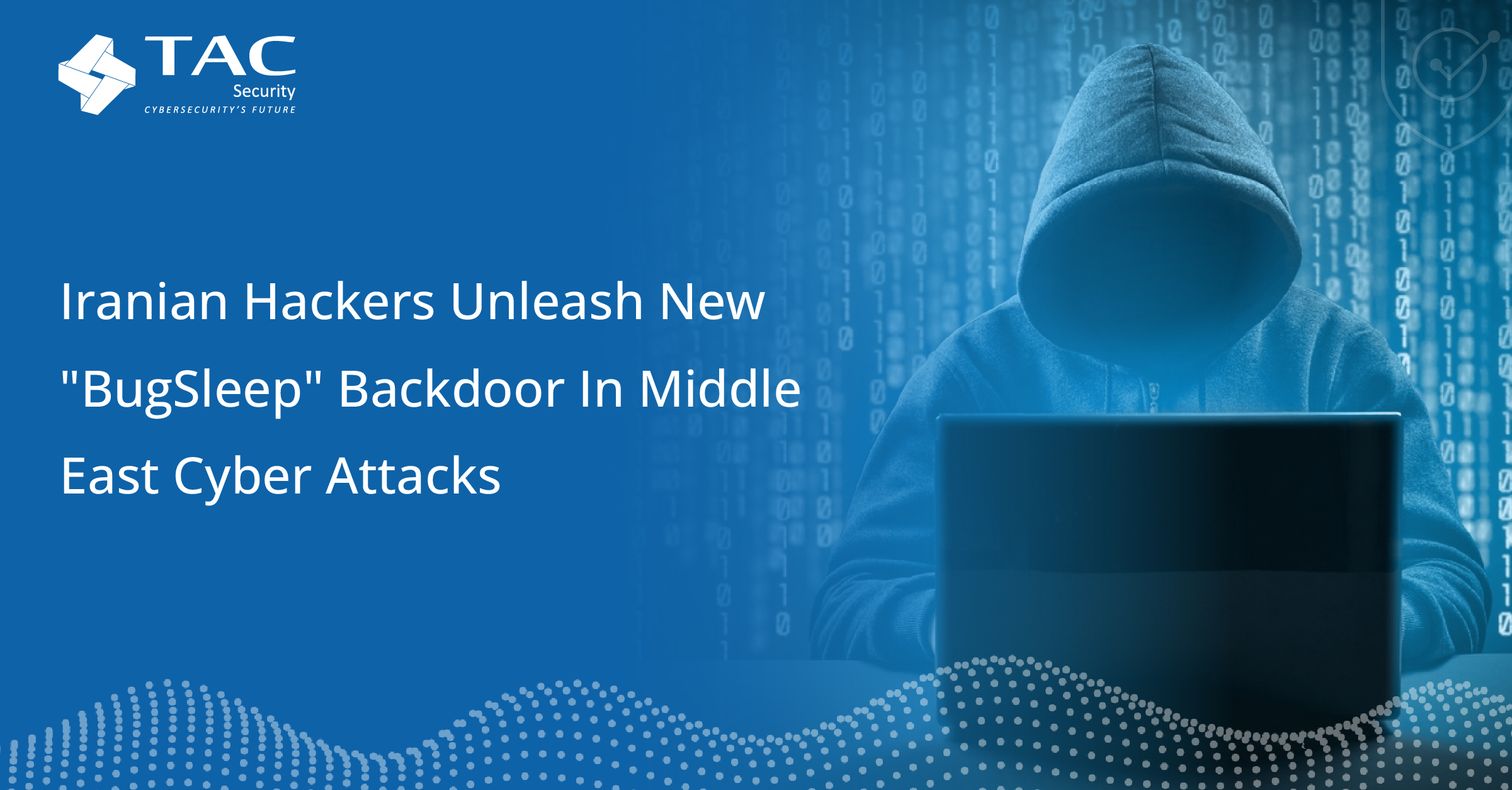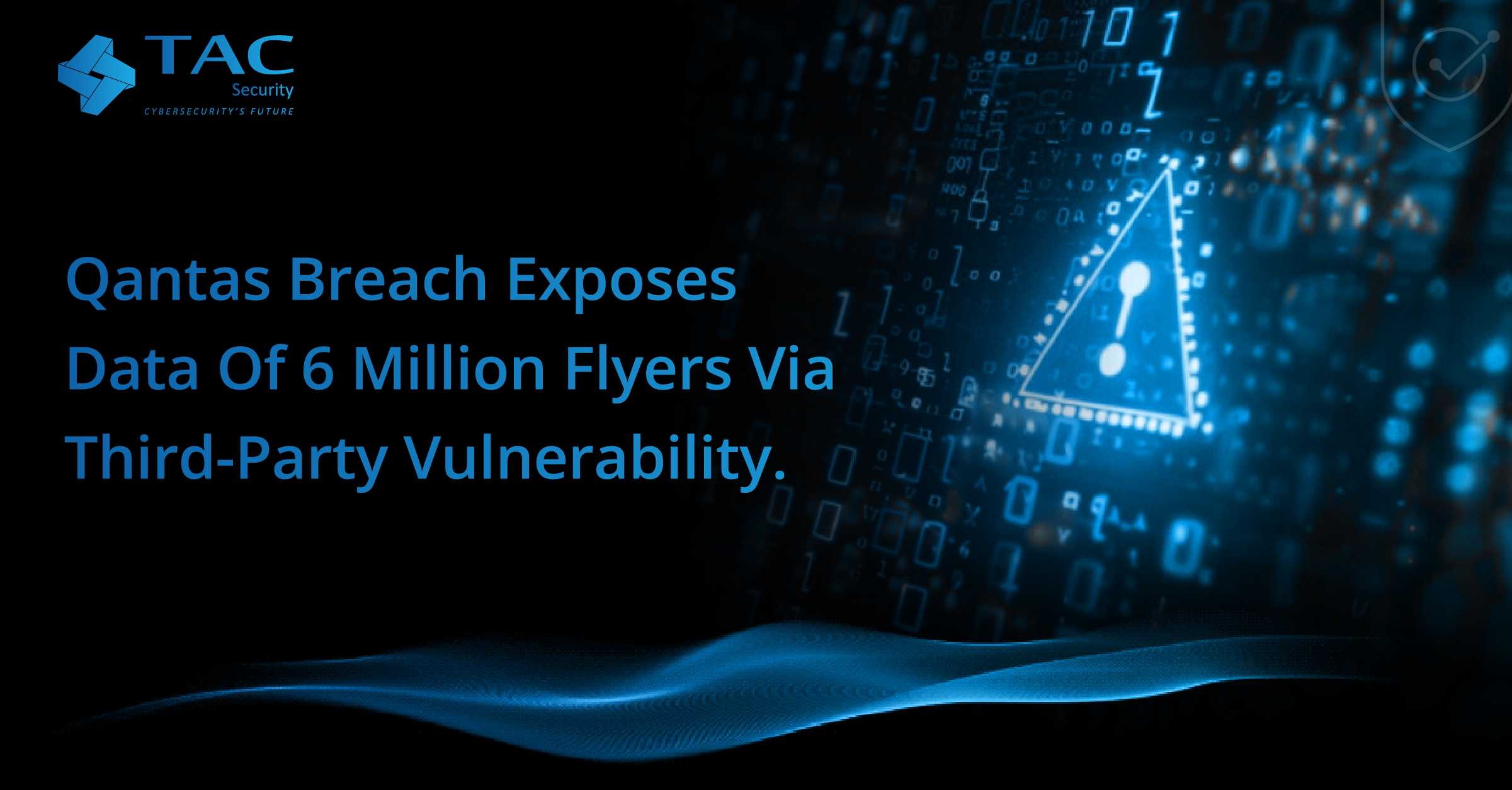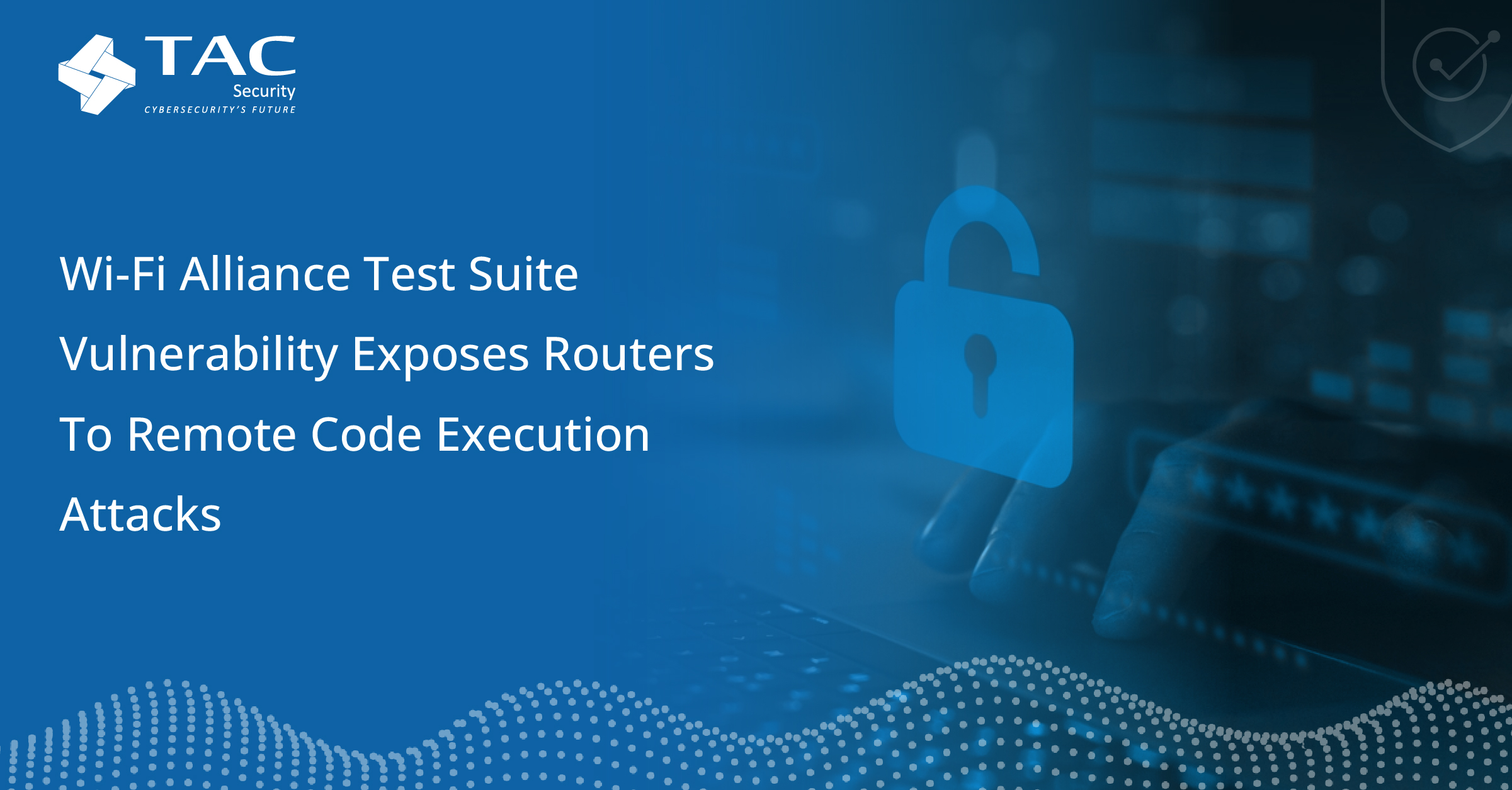Iranian Hackers Unleash New “BugSleep” Backdoor in Middle East Cyber Attacks

Cyber warfare has taken a dangerous new turn with the discovery of BugSleep, a sophisticated backdoor malware deployed by Iranian state-sponsored hackers in a series of targeted cyberattacks across the Middle East. This new cyber weapon underscores the evolving landscape of cyber threats and how attackers are continually refining their tools to infiltrate high-value targets.
What is BugSleep?
BugSleep is a newly identified backdoor used by Iranian-linked threat actors in their ongoing cyber espionage campaigns. A backdoor is a type of malware designed to provide attackers remote access to a compromised system, allowing them to bypass security controls, steal data, and execute malicious commands.
What makes BugSleep particularly dangerous is its stealthy nature. It is designed to evade traditional detection methods by remaining dormant and only executing commands when specific conditions are met, making it harder for cybersecurity tools to identify its presence in the system. This advanced evasion technique enables attackers to remain undetected for longer periods, maximizing the potential damage.
Key Features of BugSleep
- Stealthy Execution: BugSleep operates by employing sleeping tactics, delaying its execution to avoid detection. This makes it incredibly hard for traditional security systems to notice its behavior in real time.
- Conditional Triggers: The malware only activates when specific conditions are met, such as a particular time frame or when it is given a unique command by the attackers. This ensures that its activities are more targeted and difficult to track.
- Advanced Persistence: Once installed, BugSleep is able to remain persistent in the infected system, giving attackers continued access for exfiltration of data or additional malicious activity, all while staying under the radar of security teams.
The Attack Campaign
This recent wave of cyberattacks using BugSleep has targeted critical sectors in the Middle East, including government entities, energy companies, and telecommunication infrastructure. The attack vector typically involves highly crafted phishing campaigns, which are designed to lure employees into downloading the malware through malicious email attachments or links.
Once inside a network, BugSleep provides the attackers with the ability to steal sensitive data, perform espionage, and maintain long-term access to the target’s infrastructure. Given the strategic nature of the targets, it is clear that this campaign is part of a broader state-sponsored effort to gather intelligence and disrupt operations.
Implications of the Attack
The deployment of BugSleep represents a significant escalation in the use of cyber espionage tools by nation-state actors. The Middle East is a region of high geopolitical importance, making it a prime target for cyberattacks aimed at gaining strategic advantage or weakening critical infrastructure.
Key concerns raised by this development include:
- Intelligence Gathering: With access to government and corporate data, Iranian hackers could potentially obtain valuable intelligence that could be used for political or military leverage.
- Infrastructure Vulnerability: Attacks on critical sectors such as energy and telecommunications could lead to widespread disruptions, potentially affecting economies, national security, and public safety.
- Global Impact: While the current attacks are focused on the Middle East, the advanced techniques used in BugSleep could easily be deployed in other regions, raising the risk of cyber espionage worldwide.
Defending Against BugSleep and Similar Threats
In the face of sophisticated threats like BugSleep, organizations must adopt a proactive approach to cybersecurity, especially in regions and industries that are high-profile targets for cyberattacks. Here are key strategies to mitigate these risks:
- Advanced Threat Detection: Organizations need to invest in advanced detection tools that go beyond traditional antivirus software. Solutions like behavioral analysis, machine learning-based threat detection, and anomaly monitoring can help identify stealthy threats like BugSleep.
- Phishing Awareness: As phishing remains one of the most common attack vectors, regular training of employees on how to identify phishing attempts is crucial. Implementing strict email filtering and policies can reduce the risk of successful infiltration.
- Network Segmentation: Isolating critical systems within the network can limit the damage caused by malware. If one part of the network is compromised, segmentation can prevent attackers from moving laterally and gaining access to other systems.
- Zero Trust Architecture: Transitioning to a Zero Trust model—where no user or device is inherently trusted—ensures tighter control over who can access sensitive areas of the network.
- Regular Audits and Penetration Testing: Conducting regular security audits and penetration tests can help identify vulnerabilities before attackers do. These proactive assessments can uncover weaknesses that could be exploited by tools like BugSleep.
Conclusion
The emergence of BugSleep is a stark reminder of the ever-evolving nature of cyber threats and the lengths nation-state actors will go to achieve their objectives. As cyber espionage tools become more sophisticated, so too must the defensive strategies employed by organizations across the globe. For businesses and governments alike, now is the time to reassess cybersecurity policies, invest in advanced detection technologies, and build a more resilient infrastructure to combat these emerging threats.





